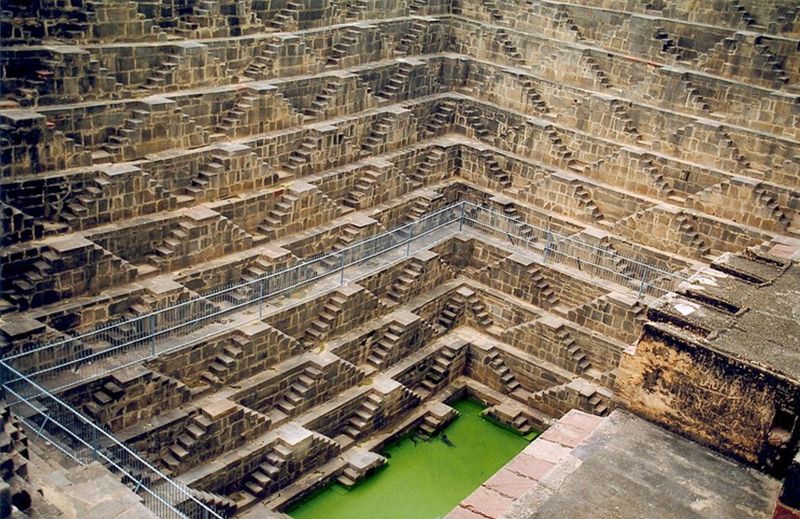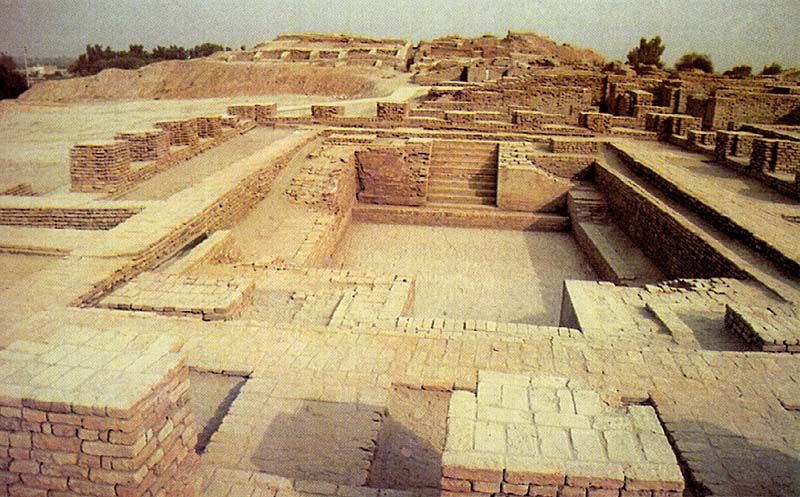Everyone is now understanding the importance of using environment friendly products and adopting a lifestyle that helps the environment to sustain and grow. This is because of the fact that the advancement in technology has affected the mother nature in the worst way possible and as a result, today’s generation is witnessing drastic changes in the environment such as global warming, pollution, species extinction, etc. If we talk about India, our country is one of the top exploiters of environment with over 1.2 billion population that keeps on increasing on a daily basis. India ranks among the world’s highest in air and water pollution.
Furthermore, environment crisis situations like deforestation, increasing number of vehicles, wastage of electricity and water are a major concern of the country. Although, we are now taking every possible step to save the environment, it seems our ancestors were much more environment more savvy than the current generation. The ancient Indian architecture has always utilized ecofriendly methods to prevent and maintain the atmosphere.
From ecofriendly Mughal architecture to specifically designed ancient temples that practiced healthy lifestyle without exploiting the nature, ancient India has always known the importance of nature and nurtured it like their own. Below are mentioned some of the most outstanding and environment friendly Mughal architecture and design of ancient India that will leave you in awe and make you feel ashamed of your current lifestyle.
- Conservation of water: Ancient India has concentrated well on conserving water, which can be seen in the great temple of Rani Ki Vav that represents water shortage.
- Jhalaras is another ancient water conservation method used by India, it is a rectangular shaped giant stepwells that collects the water from upstream reservoir or a lake.
 Image Source : thebetterindia.com
Image Source : thebetterindia.com - Talabs is also a fine example of ecofriendly Mughal architecture that helped in saving water for household consumption and other purposes.
- Baolis are stepwells designed to store water, which were used by the villagers for agriculture purpose.
- Jhalaras is another ancient water conservation method used by India, it is a rectangular shaped giant stepwells that collects the water from upstream reservoir or a lake.
- Waste disposal: Waste management in India was probably the best and largest in the world in ancient times. It didn’t exploit the environment. Some examples of it are:
- Mohenjo-Daro was known to have the largest city-wide sanitation system where all the houses featured drainage facilities. The sewage system was entirely underground, offering cleanliness and health.
- Harappan civilization (Around 3000 BC) also used great sewage channels that drew water from rivers and collected waste from the villages and disposed it into the main water source.
- Temperature control: We cannot imagine a life without air conditioners to keep us cool during the warm days. However, before the invention of electric fans that affects the nature, ancient Indians invented Mughal architecture for the environment that offered both light and coolness to the large building.
- Red Fort in Delhi and Agra are a prime example of evaporative cooling in ancient India, where water channels and fountains were used to mix the moisture with air and increase humidity.
- Panchmahal of Fatehpur Sikri is another environment friendly Mughal architecture used for natural ventilation using a small window on the large wall that allows the wind to move inside the building at a great speed. Many believed it to be a windcather, which is a common Persian architecture for the same purpose.
- Lighting: Proper lighting is necessary to give us vision for which light bulbs are used. But in ancient times, lighting was achieved using various ecofriendly techniques such as:
- Jaalis or lattice screens were used in many Mughal buildings, which not only kept internal space cool, but also provides proper lighting in daylight that diffuse and spread the light throughout the room. It also ensures privacy along with offering brilliant view.
- Oil lamps and candles were also used to keep the light during the nights.
After knowing these traditional Mughal architecture for the environment, it certainly bring a question in our mind, which is “If people in ancient times can think about the environment and nature, even though at that time, the nature was at its best, why can’t we do the same, when the environment is on the verge of death.” It is highly necessary to learn from these ancient Mughal techniques to prevent the environment and find out more ecofriendly ways to live a happy life.






